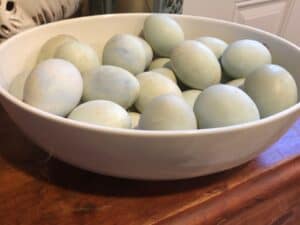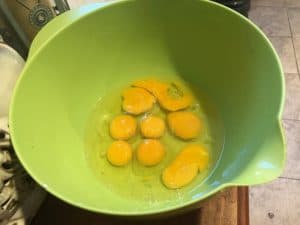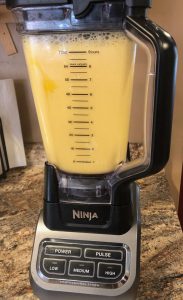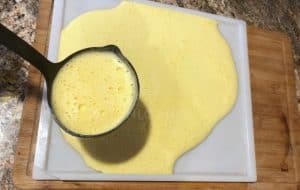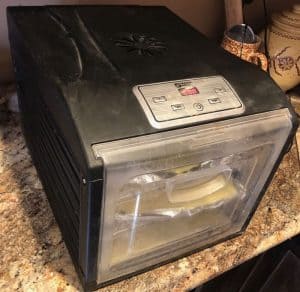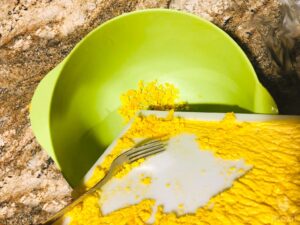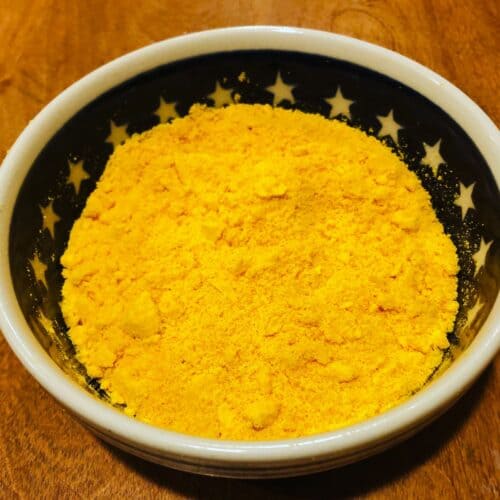Prepare Your Equipment. As always, ensure the equipment you are going to use is as clean as possible; after all, you are working with a food product you are preparing for potentially long-term storage. Wash and sanitize your dehydrator, dehydrator trays, your blender, and any bowls or utensils you expect to use. Prepare Your Eggs.
Try to obtain the freshest eggs you can for this recipe. Ideally, you should gather your eggs from your homestead and prepare your powdered eggs as soon as possible. If you don’t have enough chickens to produce two dozen eggs quickly, get some more from a fellow farmer or homesteader, or buy some from a local store. Prior to proceeding to the next steps, wash any eggs you’ve gathered under warm water and wipe them off with a clean towel. Cracking Your Eggs. Crack your eggs into a large mixing bowl, yolks and all. Take care not to get eggshells or other materials into the bowl. If you do, use a fork to carefully fish any debris out, working the material out along the side of the bowl. Once all two dozen of your eggs are in the mixing bowl, transfer them to your blender. Then, thoroughly wash and dry your mixing bowl, and set it aside for use later. Mixing Your Eggs. Once your eggs are in the blender, blend them at medium speed for approximately two minutes. If you have a smaller blender, you may need to blend them in two separate batches, since the egg mixture fills with air and expands a bit as you blend it all together. Once your eggs are fully mixed, you will be ready to transfer them over to your dehydrator racks. Transfer the Egg Mixture onto the Drying Racks. I use a magic mill dehydrator, and this recipe requires me to use three to four drying racks, depending on the size of my eggs. Set out your drying racks on a table or counter and move your blender alongside them. Using your ladle, carefully transfer your egg mixture from the blender to your drying trays, taking care not to spill any in the transfer or to overfill the trays. Once each tray is filled, load the racks into your dehydrator, taking care not to tip a tray and spill your egg mixture everywhere. Wash and dry your blender as soon as you are done transferring your mixture, you will need it to render your dried eggs into powder later on.
Dehydrate Your Egg Mixture. Consult your dehydrator manual to determine exactly how long it takes to dehydrate your egg mixture. I dry my egg mixture at a temperature of 149 degrees Fahrenheit (65 Celsius) in the dehydrator for 5 to 7 hours. However, each brand of dehydrator is considerably different, so consult your manual for the proper settings. After your egg mixture has dried for the prescribed time, remove and inspect them. If they are thoroughly dry, they should be slightly browned on top, cracked and brittle. If the eggs seem moist or soft, place them back into the dehydrator to dry some more.
Once they are fully dried out, scrape your eggs off of each tray with a fork or butter knife carefully into your mixing bowl.
Rendering your Dried Eggs into Powder
Once you’ve removed all of your dried eggs from your blender into your mixing bowl, load them all into your blender. Then, on a medium setting, blend the dried eggs until they are completely rendered into a fine powder. Once the blending is complete, you are ready to store or use your powdered eggs!
